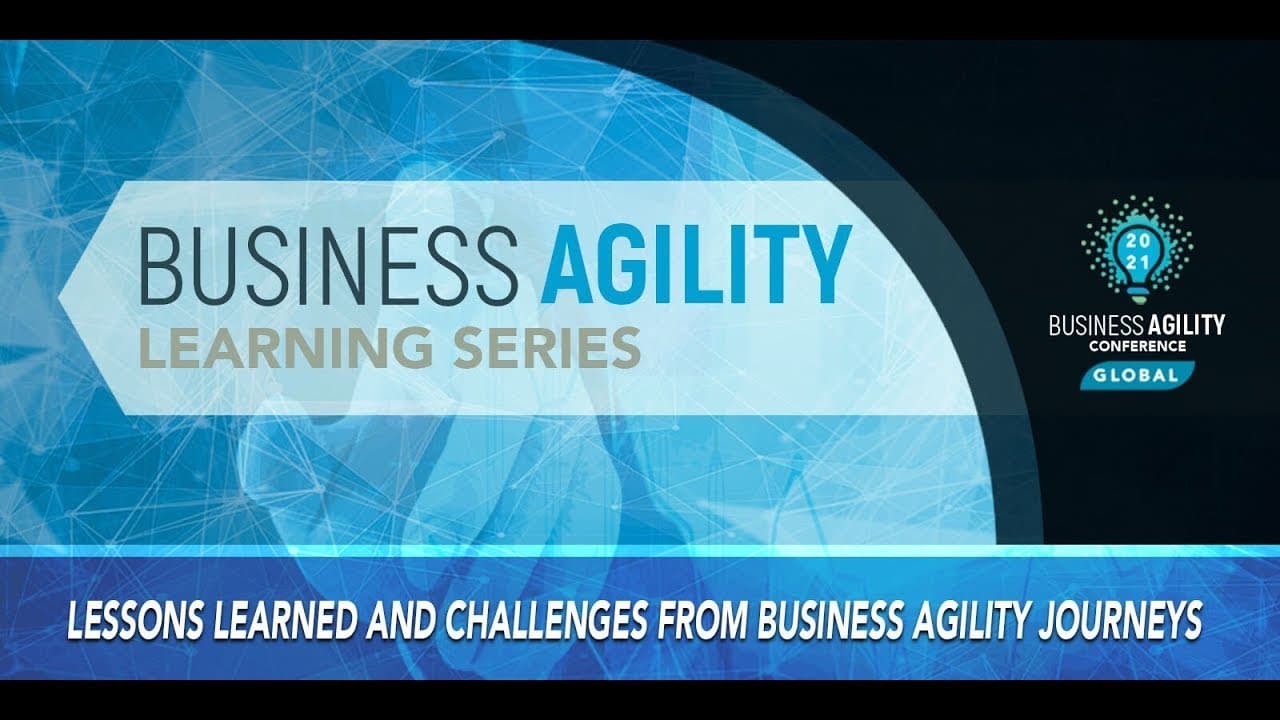Welcome, everyone, to our learning session today! We’re here to talk about something that is really close to my heart and has been my passion for a long time—people debt. But before we dive into the topic, I’d love to know more about our audience today.
If you had to describe your current role, what would you say? Are you an in-house HR leader or professional? A consultant? Someone from the Agile space? Maybe an educator? Ross just launched a poll for us—please take a few seconds to let us know a little about yourself.
Thank you! It looks like we have a lot of Agile folks in the room, which is great. That means many of you will already be familiar with some of the concepts we’re discussing today. So, without further ado, let's dive in.
The Hidden People Debt Risk
As leaders and HR professionals, we often hear concerns about people-related topics—everything from slow hiring processes to outdated career frameworks to frustrating HR policies. We frequently see outdated performance management practices that don’t align with Agile ways of working. All of these unresolved issues—both Agile and HR-related—slow us down.
The problem is that while everyone in the organization talks about how important people are, these discussions often amount to lip service. Other priorities—more urgent, more immediate—tend to take precedence, leading to a failure to invest in people. Most organizations are aware of the challenge, but they either lack the willingness or the capability to follow through. This leads to a crisis—people debt.
What Is People Debt?
Since many of you are from the Agile space, you’re probably familiar with the concept of technical debt—the implied cost of additional rework caused by choosing a quick and easy solution now instead of investing in a better, longer-term approach. People debt builds on this same concept. It refers to the costs and risks accumulated by neglecting the human aspects of delivering value—not making the necessary investments in people.
Just like technical debt, people debt will always occur to some extent, and in certain situations, it may even make sense. But if left unchecked, it accumulates rapidly and eventually brings the business to a breaking point.
The consequences of people debt are significant. It leads to low morale and employee disengagement, which results in poor value delivery and lower customer satisfaction. It stifles innovation, reduces adaptability, and ultimately undermines transformation efforts.
Identifying Signs of People Debt
At this point, I’d like to put a question to you all: What are the telltale signs of an organization with high people debt? What risks and impediments arise when HR and people topics are neglected?
We’d like to explore this question in breakout sessions. Ross will guide you through the logistics of getting into your breakout rooms, where you’ll use Jamboard to capture your input. If you’re unfamiliar with Jamboard, it’s an easy tool that allows you to add sticky notes with your thoughts. We’ll send out the links shortly, and you can click through the pages to add your input.
Breakout Session and Discussion
Welcome back, everyone! I hope you had a great first breakout session. Let’s hear from our teams. Who would like to present for Team One?
Team One: We discussed several issues, including high employee turnover. But we also talked about the opposite problem—when turnover is too low. I shared a story about how a team with low turnover wasn't necessarily a positive thing. It turned out that no one was leaving because they weren’t growing. Their skills were getting outdated, and we weren’t investing in them enough to make them marketable elsewhere. We also talked about unclear roles and responsibilities, poor collaboration, and how these issues ultimately lead to poor customer service.
Facilitator: Thank you so much! That’s a great insight. Team Two, would you like to share your thoughts?
Team Two: We also talked about high attrition rates and disengagement. Employees who don’t want to stay, low morale, and people doing only the bare minimum. Some take excessive breaks, while others seem busy but are unproductive—spending time on social media instead of working. We also noticed people "gaming the system," especially with HR surveys. Some teams make it a game to see who can get the highest satisfaction scores just to be left alone by leadership. We saw a lot of passive-aggressive behaviors like eye-rolling, sarcasm, and defensiveness. These behaviors create a culture of paranoia and micromanagement.
Facilitator: Thank you! You’ve identified many of the same warning signs we see in organizations with high people debt.
Breaking the Cycle of People Debt
The challenge with people debt is that it doesn’t come with a warning label. It quietly accumulates while leaders remain focused on immediate business needs. Some signs, like micromanagement or rigid career paths, are easy to spot. Others are disguised within well-established practices that seem necessary but may actually be harming organizational health.
For example, many organizations still define performance as a combination of hard work, good planning, and successfully completing assigned tasks. But is that really performance? Would you rather be part of a team that always hits its numbers but plays it safe, or a team that experiments, learns, takes risks, and course-corrects?
We need to rethink traditional HR concepts like efficiency and meritocracy. Too often, we manage efficiency through rigid structures, performance incentives, and predefined job descriptions that box people in. This prevents learning, experimentation, and innovation.
Another problematic practice is "pay for performance." It sounds great in theory, but research—such as studies from MIT—shows that meritocracy is a myth. Hard work and success don’t always result in promotions or raises, and these systems can reinforce biases instead of creating equal opportunities.
Fixing People Debt
What does it take to fix people debt? First, we need an unwavering focus on people—not just in words, but in leadership styles, HR policies, and organizational practices. Second, we must ensure our HR processes align with Agile values.
But who should drive this change? HR managers? Leaders? Agile transformation teams? In reality, HR alone cannot solve people debt, nor can Agile coaches. Leaders often struggle to prioritize people over deliverables. So, we need an interdisciplinary approach—dedicated People Developers who focus solely on fostering a thriving workforce.
Building a Strong People Runway
In Agile, we talk about the "architectural runway"—the technical foundation that enables continuous delivery. The "people runway" is the equivalent for human capital. It ensures that people’s skills, experiences, and strengths support continuous value delivery.
To maintain a strong people runway, organizations must:
- Understand workforce dynamics and collaboration.
- Engage in continuous talent enablement.
- Drive performance acceleration (not just performance management).
- Apply dynamic workforce planning.
We’ll now return to breakout rooms to discuss what initiatives you’ve seen or implemented to build a strong people runway.
Closing Thoughts
Thank you all for your participation! If you’d like to dive deeper, I encourage you to download our latest white paper. It covers topics like capacity allocation for prioritizing people initiatives and strategies for reducing people debt.
If you have any follow-up questions, feel free to reach out. Thank you again!



